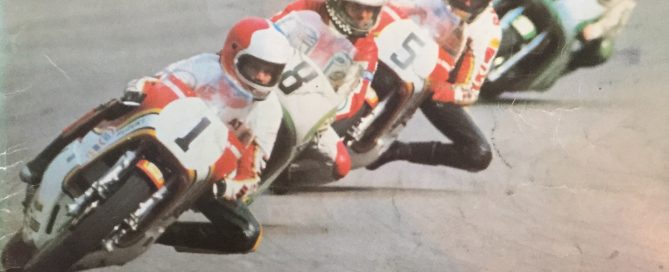The Times They Are A-Changin’…..
These words from the Bob Dylan song came to mind as I watched the MotoGP podium presentation in Malaysia, with all three riders having graduated from the Moto2 class; the fourth time in 2018 that this had occurred (having only once happened prior to this year, at Misano in 2015). Is the balance of power finally changing in MotoGP from the dominance of the ex-250cc riders to riders coming through from Moto2?
Looking at the numbers of podium finishers in MotoGP by Moto2 riders for each year since 2011:
2011 – 0
2012 – 0
2013 – 17 (Marquez – 16, Bradl – 1)
2014 – 15 (Marquez – 14, Smith – 1)
2015 – 14 (Marquez – 9, Iannone – 3, Redding – 1, Smith – 1)
2016 – 21 (Marquez – 12, Iannone – 4, Vinales – 4, Redding – 1)
2017 – 23 (Marquez – 12, Vinales – 7, Zarco – 3, Folger – 1)
2018 (with one race remaining) – 30 (Marquez – 14, Vinales – 5, Iannone – 4, Rins – 4, Zarco – 3)
These number show that since 2015 there has been a steady increase in both the number of MotoGP podium finishes by Moto2 graduates and the number of riders achieving these. Irrespective of what happens in Valencia, the number of podiums by ex-Moto2 riders will be more than 50% of those available in 2018 and five of the ten riders who have finished on the podium this year also come from this group.
So does this confirm that “The Times Are A-Changin”? Well with the retirement of Dani Pedrosa, and Alvaro Bautista going to WSBK, the honour of the 250cc GP graduates now depend on just five riders next year in MotoGP: Andrea Dovizioso, Karel Abraham, Aleix Espargaro, Valentino Rossi and Jorge Lorenzo. Predicting what will happen next year in MotoGP is not something I will try, I would rather taking something from these word of wisdom from the Bob Dylan song:
“Come writers and critics, Who prophesize with your pen
And keep your eyes wide, The chance won’t come again
And don’t speak too soon, For the wheel’s still in spin
And there’s no tellin’ who that it’s namin’.
For the loser now will be later to win
For the times they are a-changin’.”


